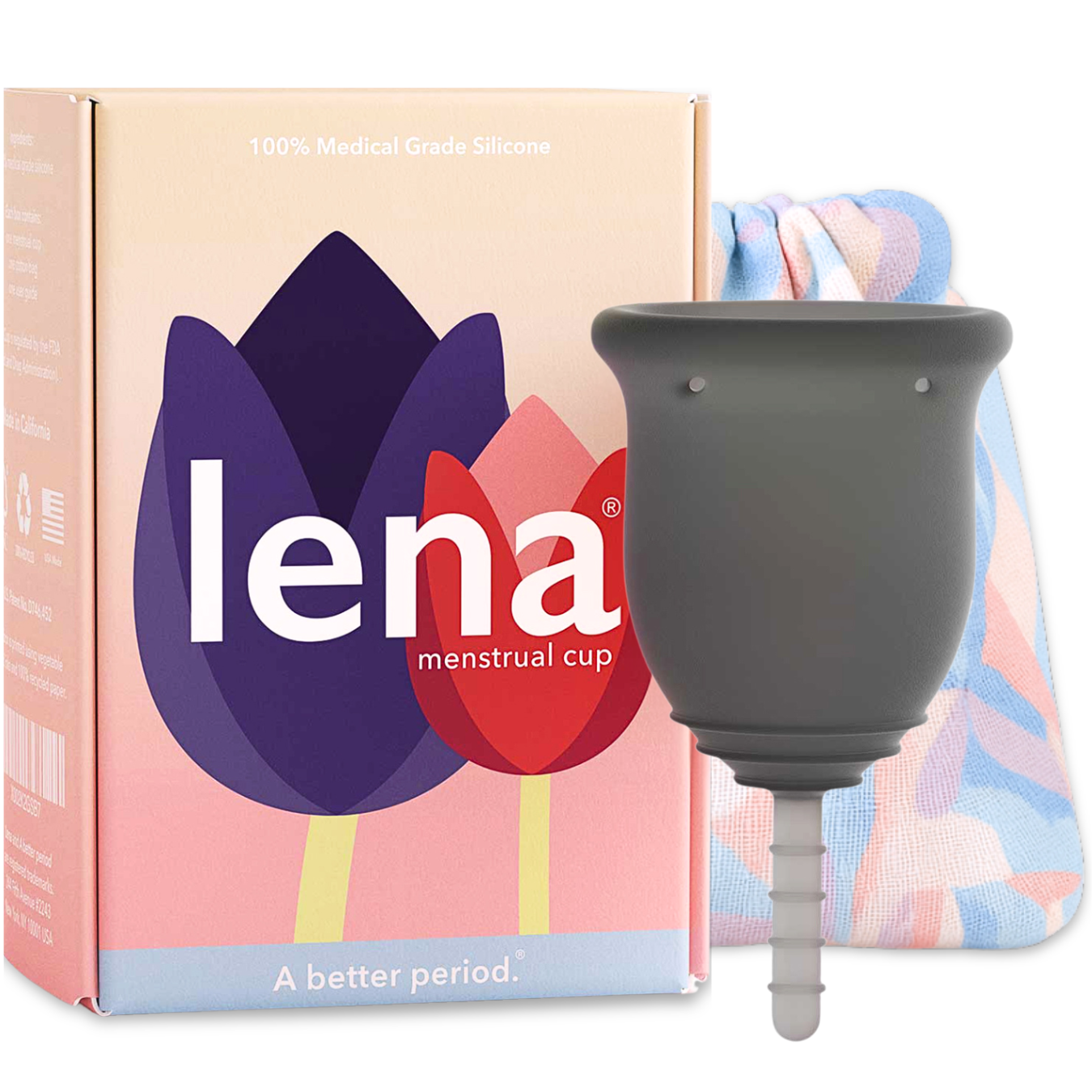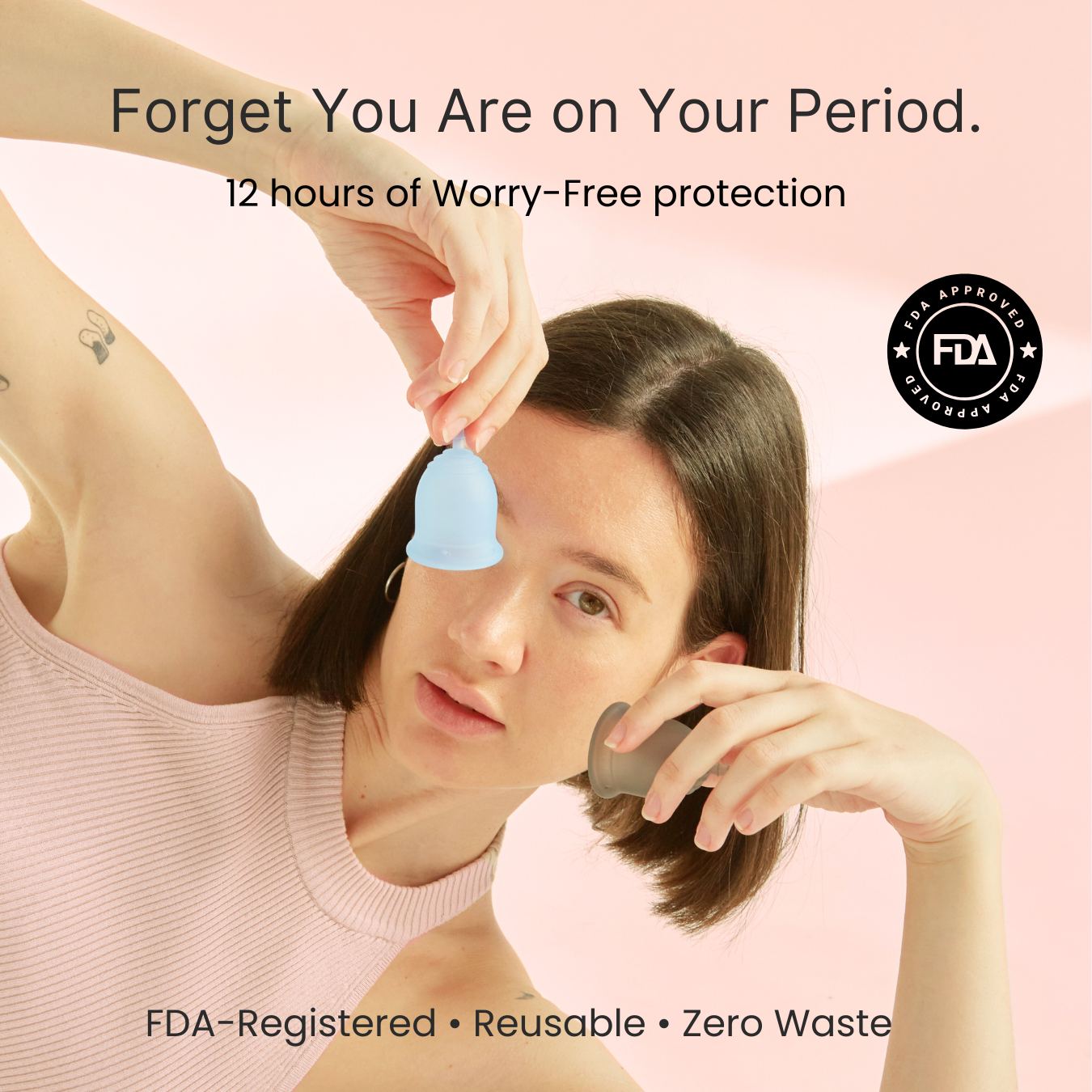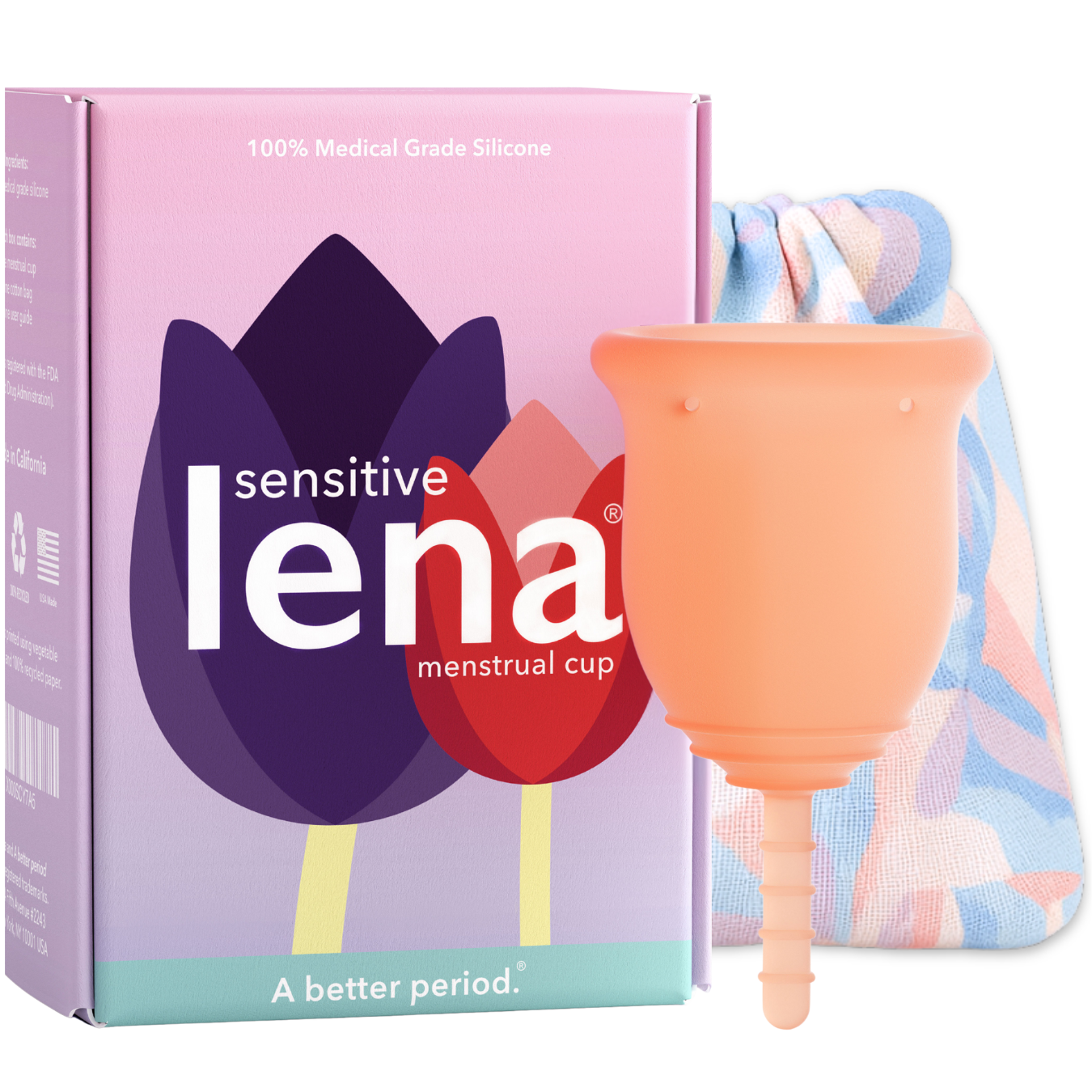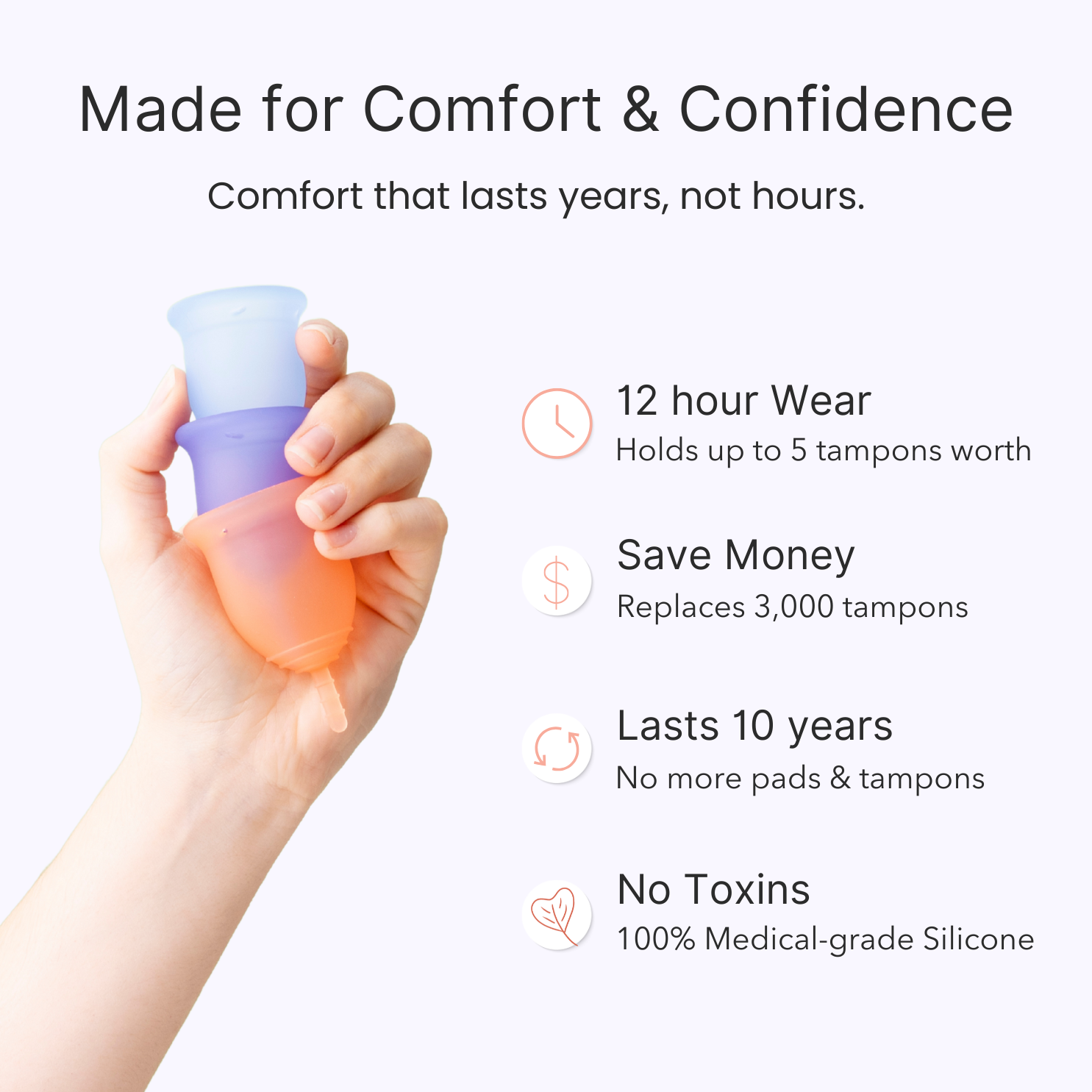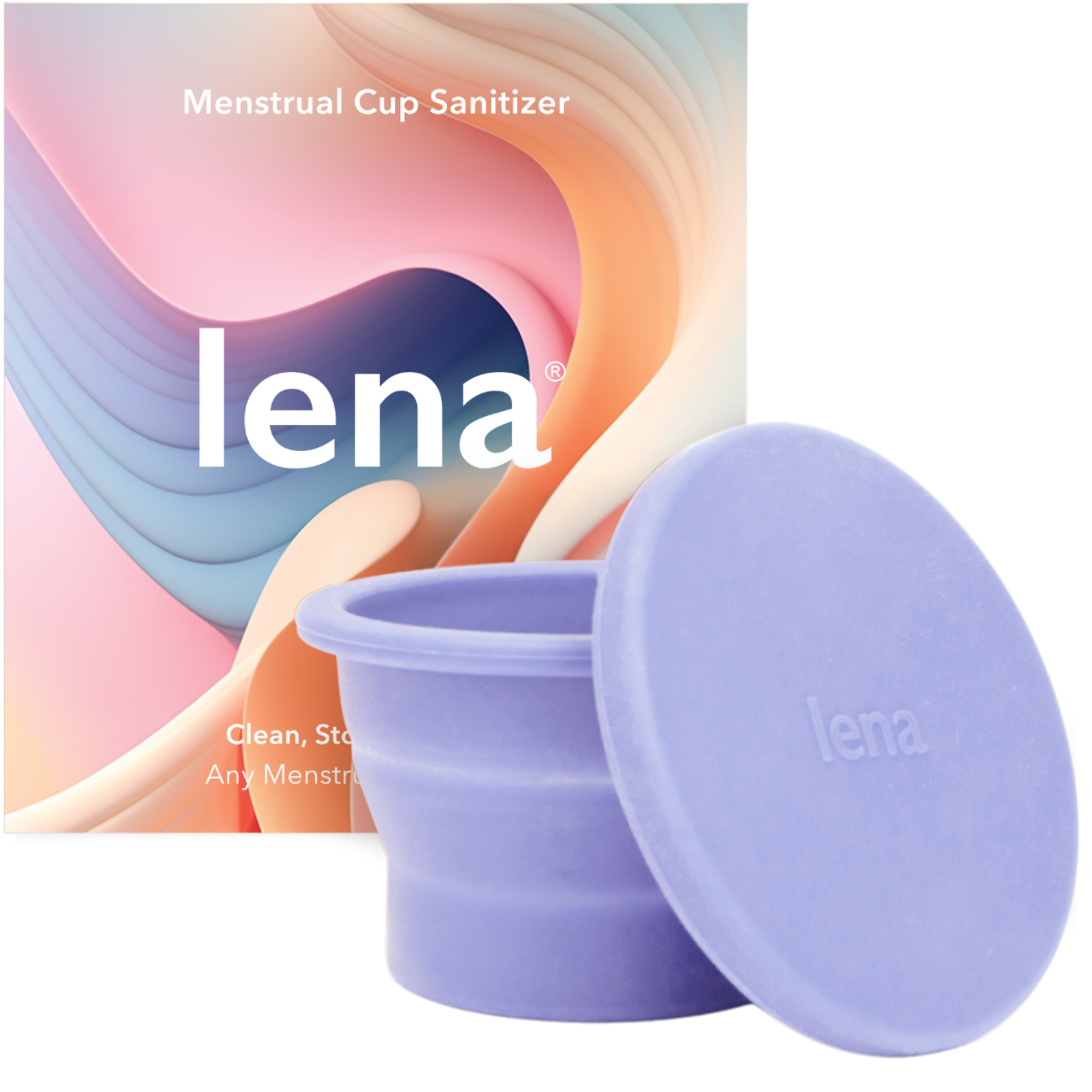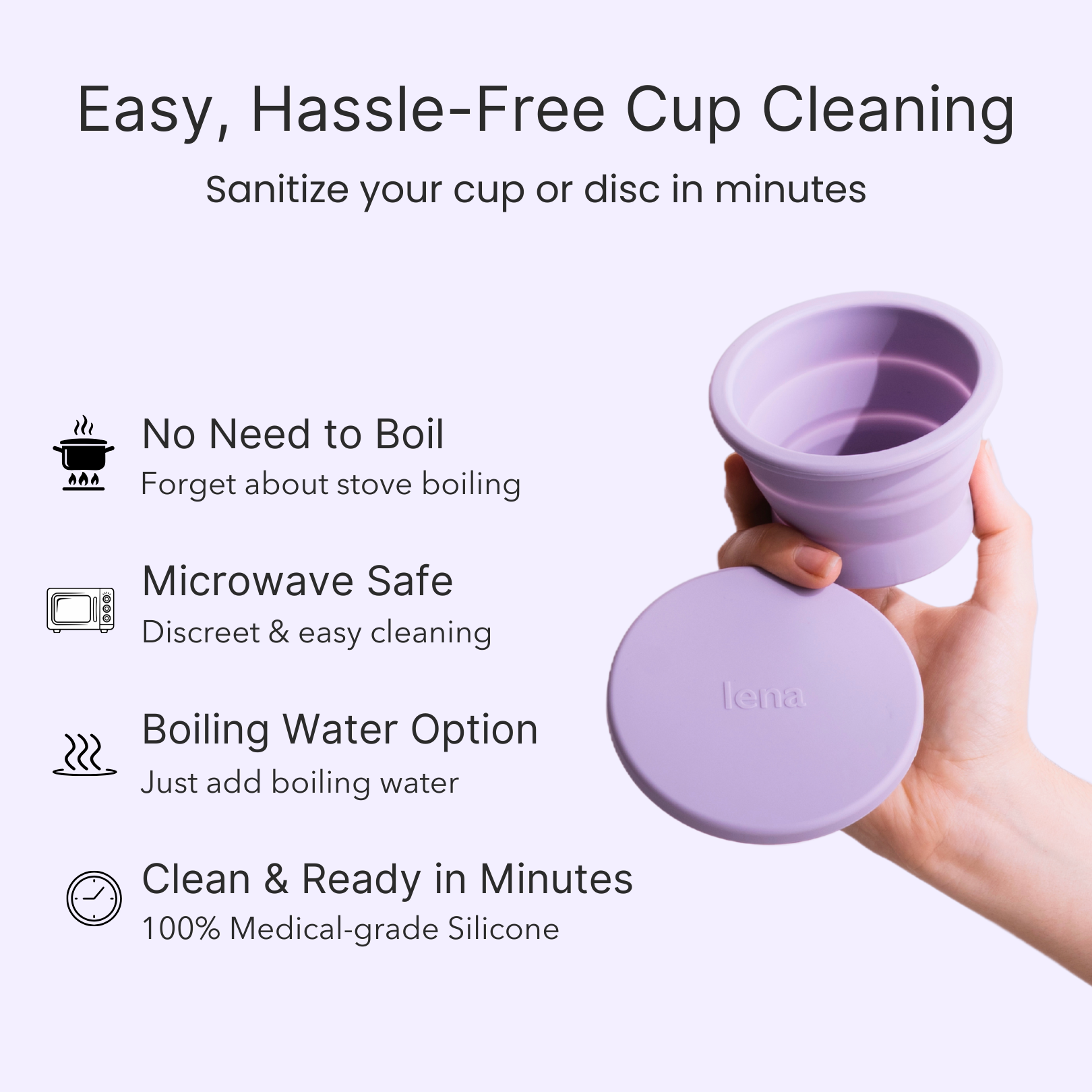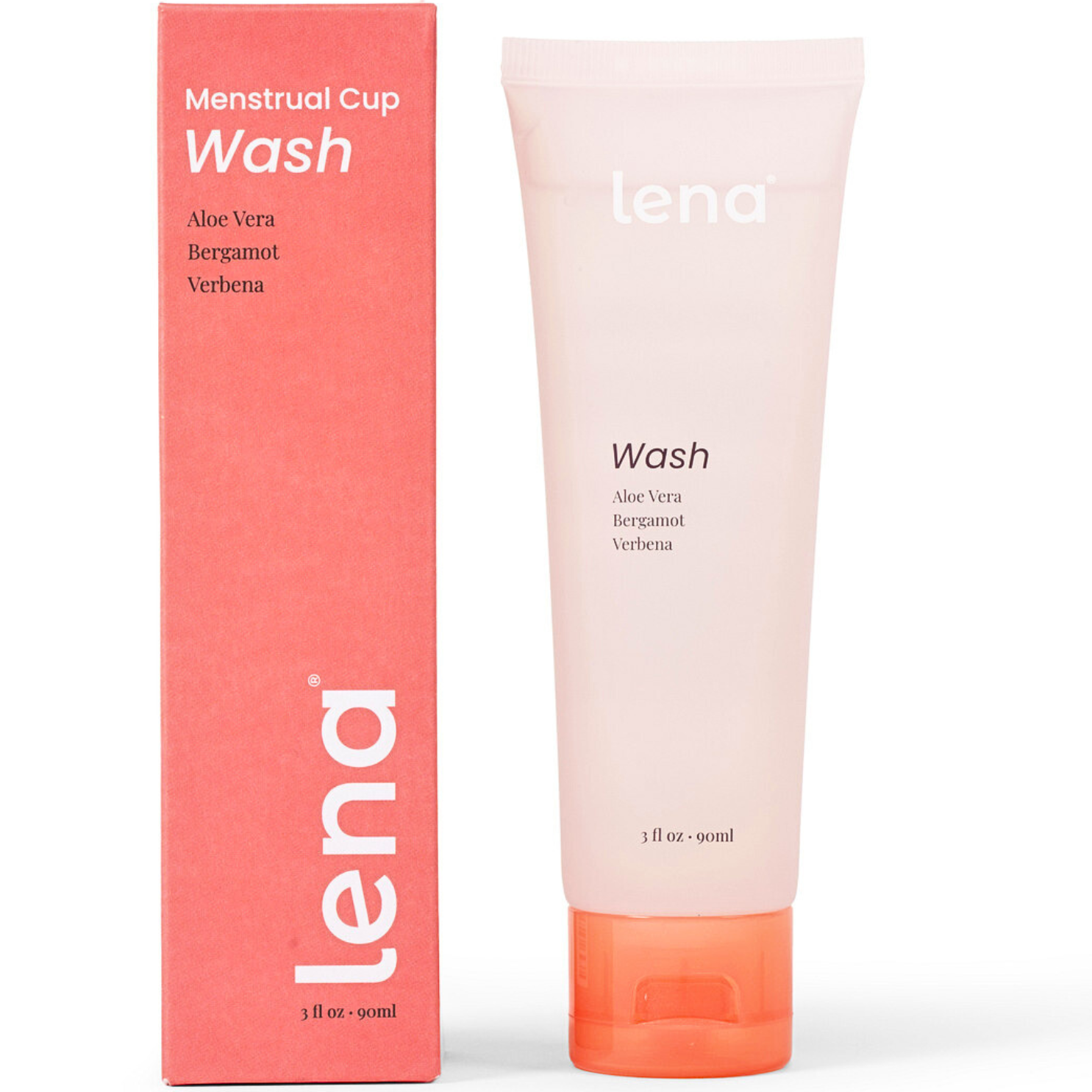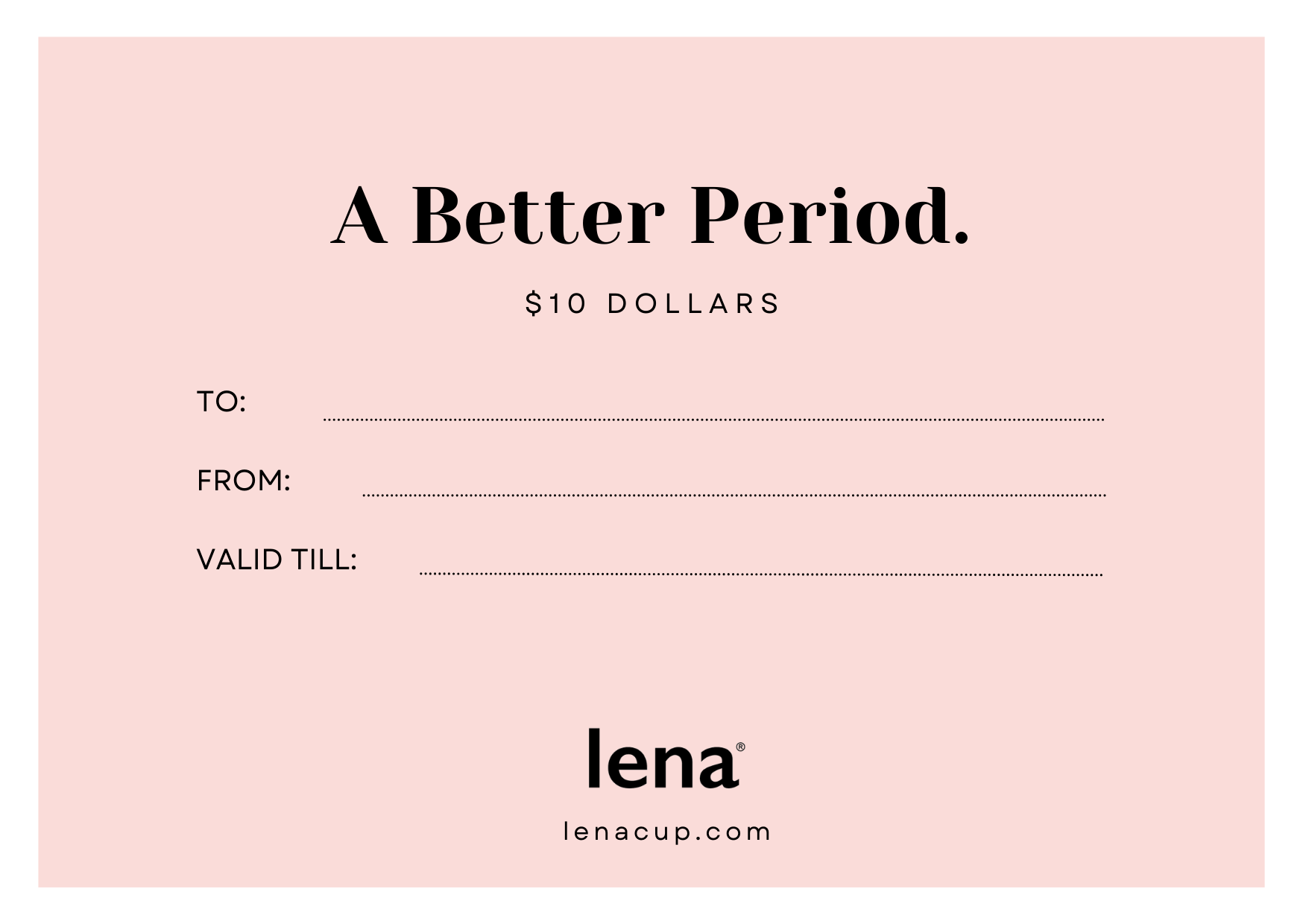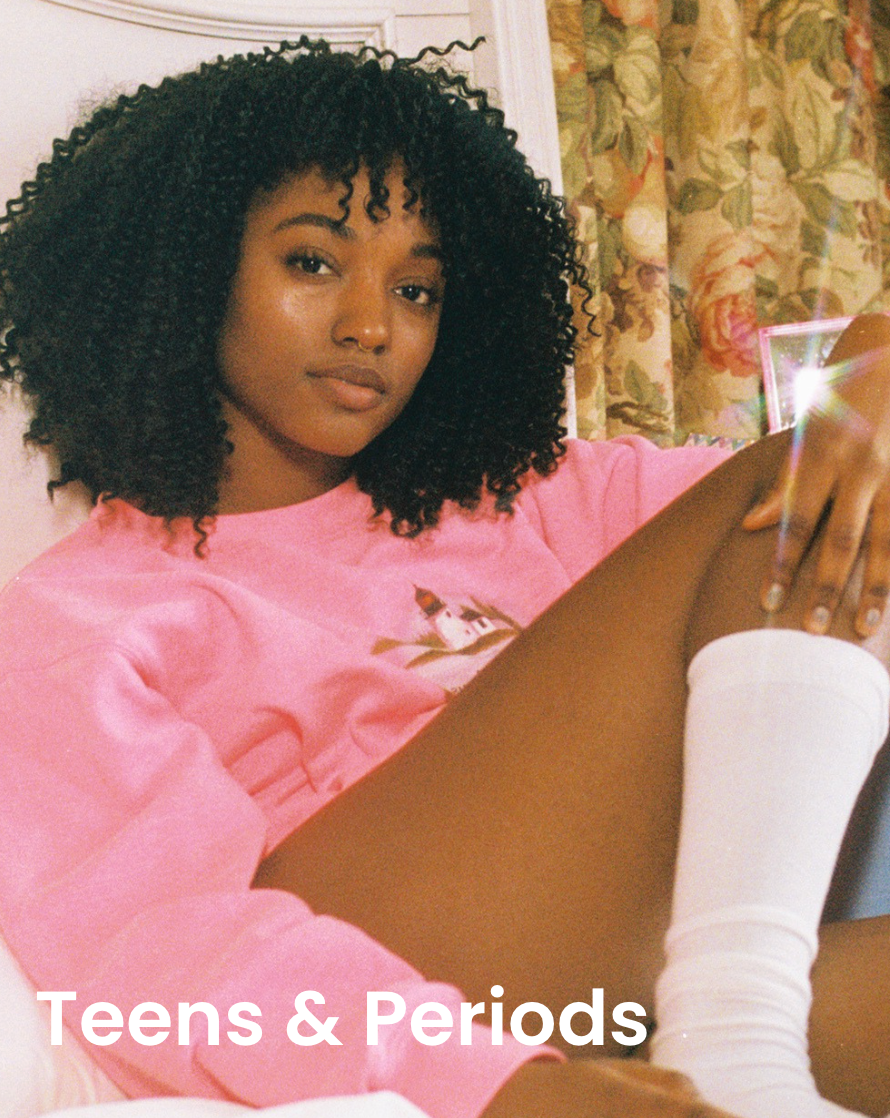
Lena Cup Teen Guide: Your Period, Your Way
Your period is something you'll experience for the next 40ish years. That's a lot of months to just "get through" without understanding what's actually happening.
What if you actually knew your body?
This guide explains your period in real terms – the science, what you'll experience, and how to listen to what your body is telling you. You don't have to be ashamed. You don't have to hide it.
Let's start with the facts. Then we'll talk about something more powerful: knowing yourself.
Your Period Basics (What's Actually Happening)
A period is when your body sheds the lining of your uterus. Here's why: Every month, your body prepares for the possibility of pregnancy by building up a uterine lining. If a fertilized egg doesn't attach, your body doesn't need that lining anymore, so it sheds it. That's your period.
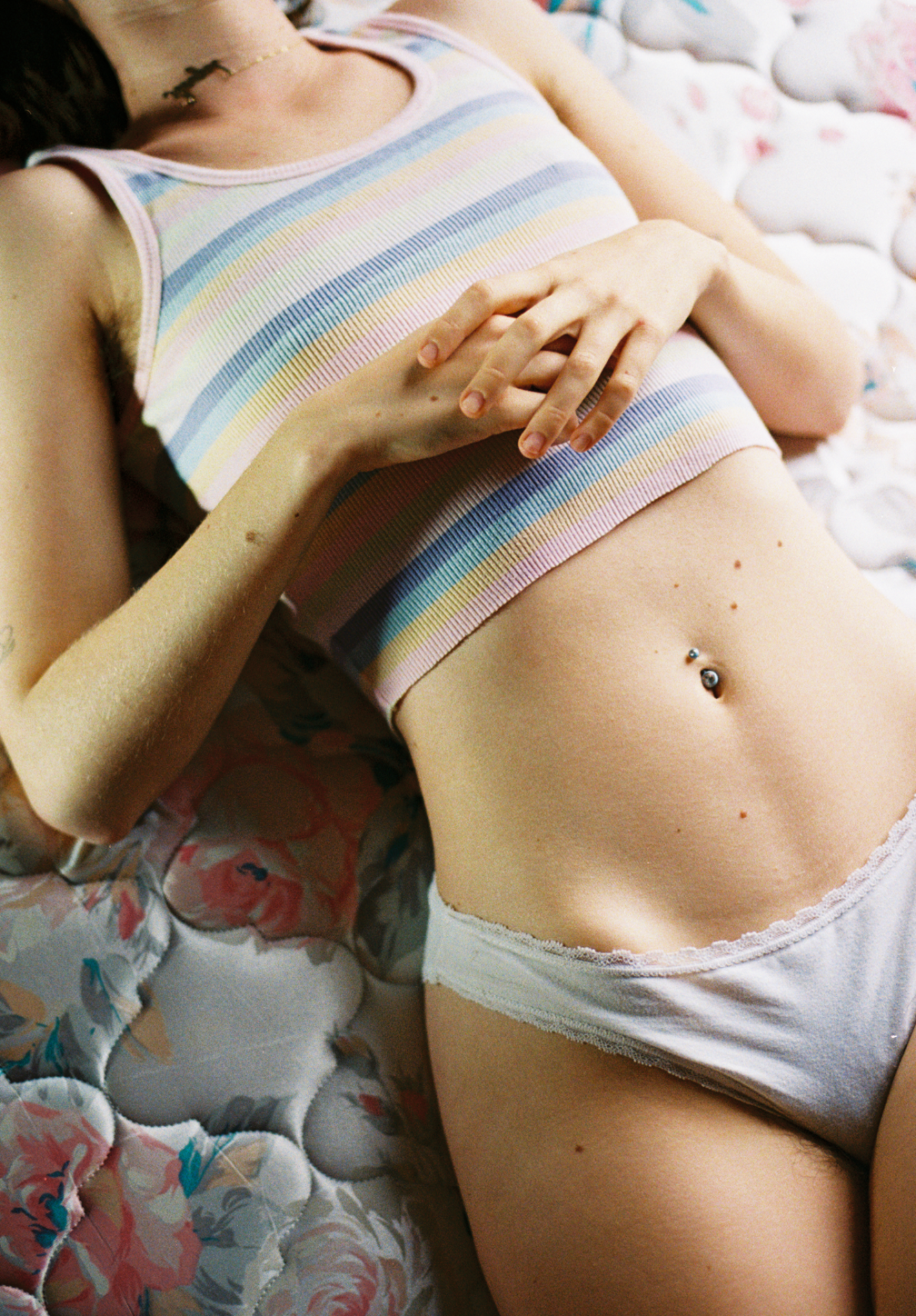
How Your Cycle Works
Your menstrual cycle is controlled by hormones which are chemical messengers in your body. Here's the basic flow:
Your hormones tell your ovaries: "Make estrogen"
Estrogen tells your uterus: "Build up the lining"
Your hormones tell your ovaries: "Release an egg" (this is ovulation)
If no fertilized egg shows up: Your hormones shift, and your uterus says "Okay, time to shed this lining"
You bleed: The lining leaves your body as menstrual fluid (blood, tissue, and other fluids)
Then the cycle starts again
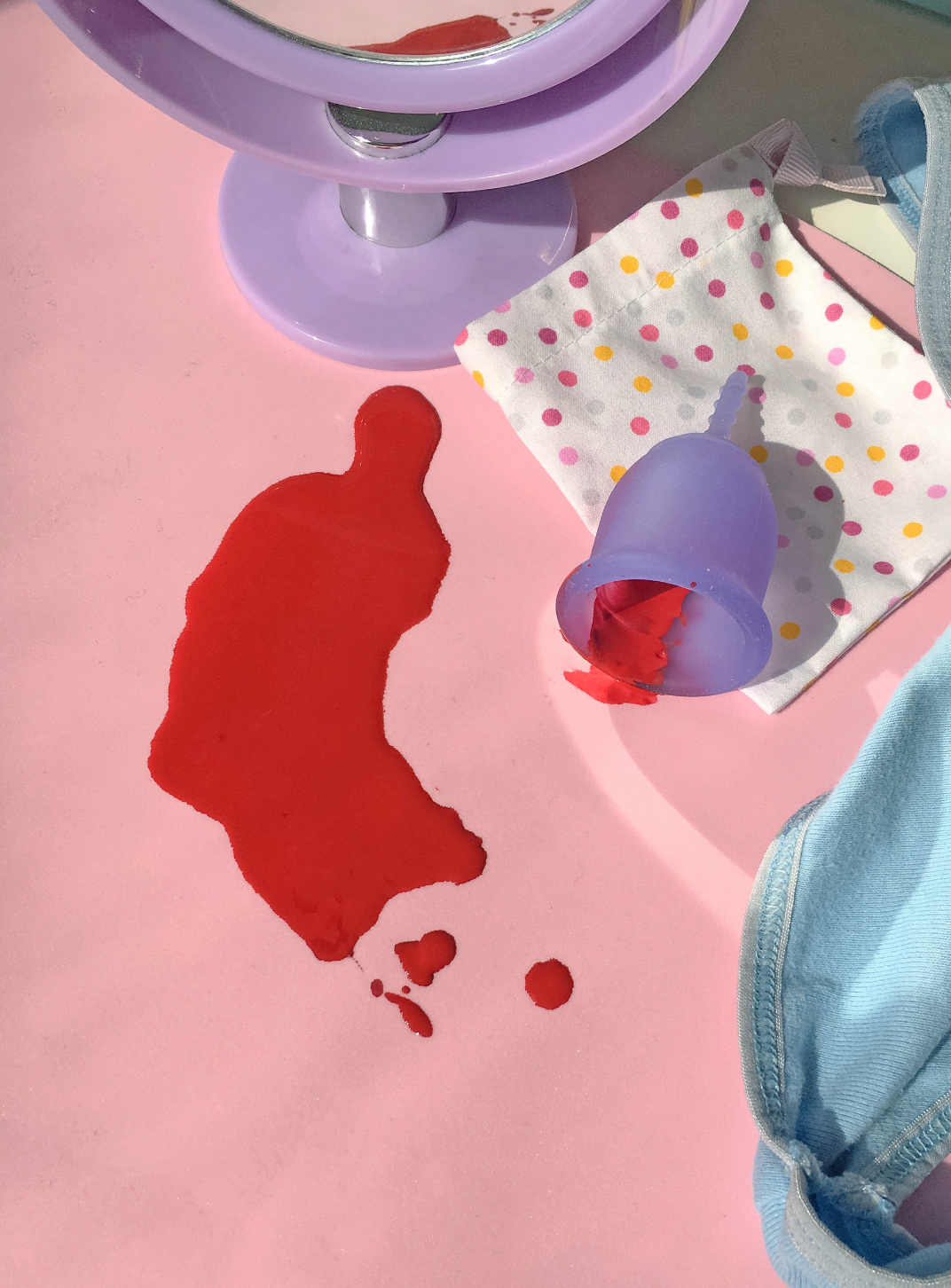
How Long Is Your Cycle?
Most people's cycles are around 28 days, but that's just an average. Your cycle might be:
- 21 days
- 35 days
- 32 days
- Anywhere from 21-35 days is considered normal
What matters is consistency. If your cycle is usually 32 days, that's your normal. If it's usually 25 days, that's your normal. The key is that it's predictable for you.
Your cycle might be irregular when you're younger, that's normal. It can take 2-3 years to settle into a pattern. You'll figure out what's normal for your body.
The Four Phases of Your Cycle
While your cycle is one continuous thing, scientists divide it into four phases. Each phase has different hormones, different physical sensations, and different energy levels. Understanding these phases helps you understand yourself.
Menstruation (Days 1-5)
Your body: Shedding the uterine lining
You might feel: Tired, emotional, sensitive, crampy, want to rest
The reality: Your body is literally doing work. Rest is okay.
Follicular Phase (Days 1-13)
Your body: Building up estrogen, preparing for ovulation
You might feel: More energized, social, motivated, creative as the phase goes on
The reality: Ride this wave. This is a good time to start projects or make plans.
Ovulation (Around Day 14)
Your body: Releasing an egg, peak hormones
You might feel: Most confident, energetic, social, clear-headed
The reality: You're at peak power. Use it.
Luteal Phase (Days 15-28)
Your body: Higher progesterone, naturally slowing down
You might feel: More introspective, wanting alone time, more critical or aware of what's not working, need more rest especially at the end
The reality: This isn't weakness. This is your body asking you to slow down. Listen to it.
Common Experiences (You're Not Alone)
Everyone's period is different – your best friend's period's experience is not yours. You might experience some, all, or none of these. What matters is knowing that if you do experience them, you're not alone.
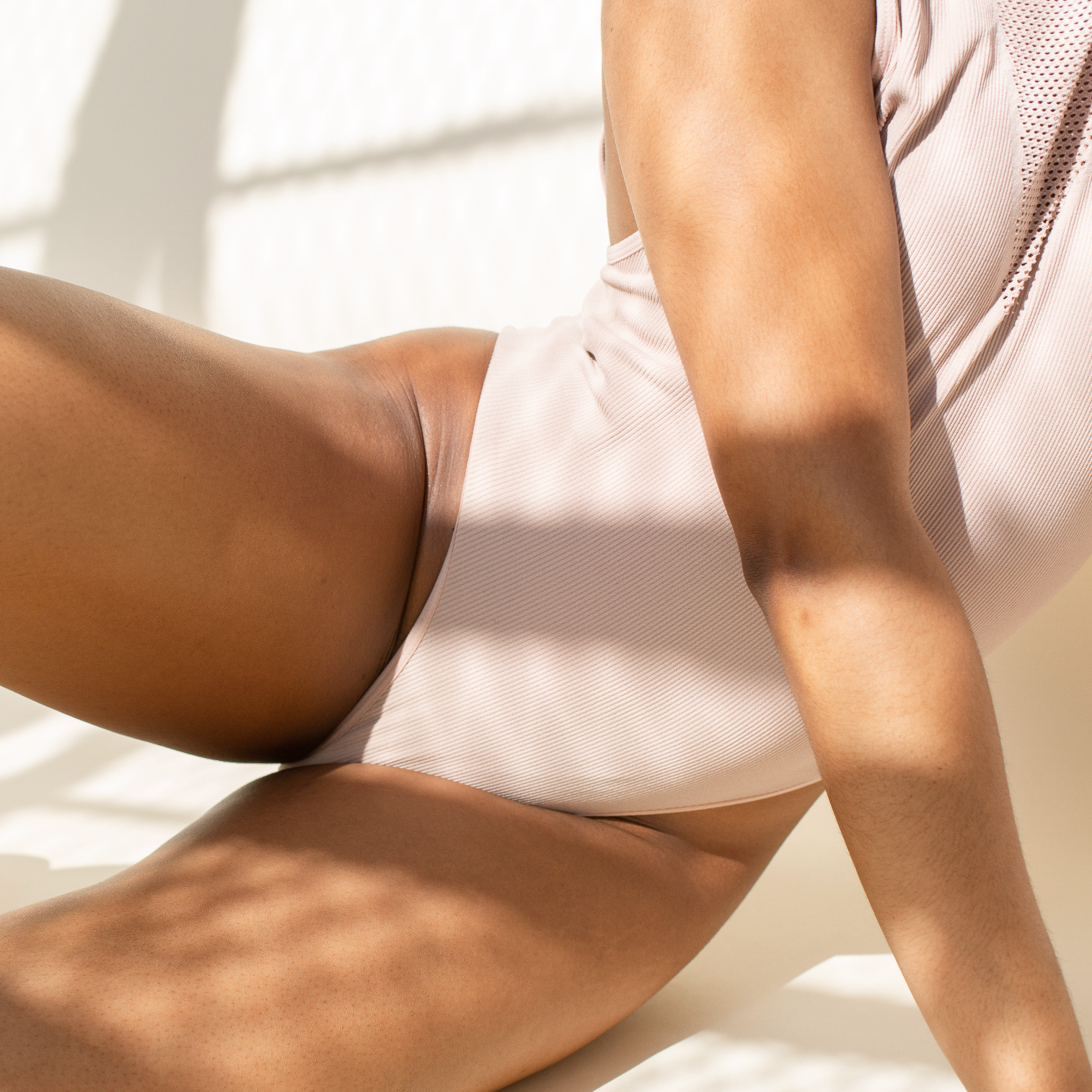
Physical
- Cramps (your uterus contracting)
- Bloating
- Breast tenderness
- Fatigue
- Headaches
- Food cravings (your body might legitimately need more calories or specific nutrients)
Emotional / Mental
- Mood shifts (hormones affect your brain)
- Increased sensitivity
- Feeling more introspective or emotional

When to talk to a doctor:
- Severe cramps that don't improve with heat or ibuprofen
- Very heavy bleeding (soaking through a pad/tampon every 1-2 hours)
- Periods lasting longer than 7-8 days
- Severe mood symptoms interfering with daily life
- Anything that worries you
Why Tracking Your Cycle Changes Everything
Real talk – tracking your cycle is the easiest way to understand yourself. Your period is a window to your health, use this knowledge to be the best version of yourself.

After tracking for just 2-3 cycles, you'll notice:
- When you naturally have more energy (schedule big projects then)
- When you naturally want to rest (give yourself permission)
- Your mood patterns (so you stop wondering why you're irritable or emotional)
- Your physical patterns (when you're more likely to get cramps, bloating, hunger)
This is self-knowledge. This is power.

How to Track (Pick Your Method)
Option 1: Calendar
Mark Day 1 and the last day. Do this for 3-4 months. Done.
Option 2: App
Log your period dates and any symptoms. They'll predict your next period and show you patterns.
Option 3: Notebook
Jot down: energy level (1-10), mood, any physical stuff you notice, cravings.
The Lena Cup – Freedom & Confidence
The Lena Cup gives you something other products can't: direct knowledge of your flow.
With pads and tampons, you estimate. With the Lena Cup, you can see exactly how much you're bleeding with the measurement marks on the cup. This data helps you understand your body.

Lena Cup benefits
The Lena Cup gives you something other products can't: direct knowledge of your flow. You can see exactly how much you're bleeding. This data helps you understand your body.
Why teens choose Lena:
• Wear for up to 12 hours (freedom for school, sports, everything)
• Reusable for ten years (better for your wallet and the planet)
• Lower toxic shock syndrome risk
• You can swim, exercise, move, live – your period doesn't stop you
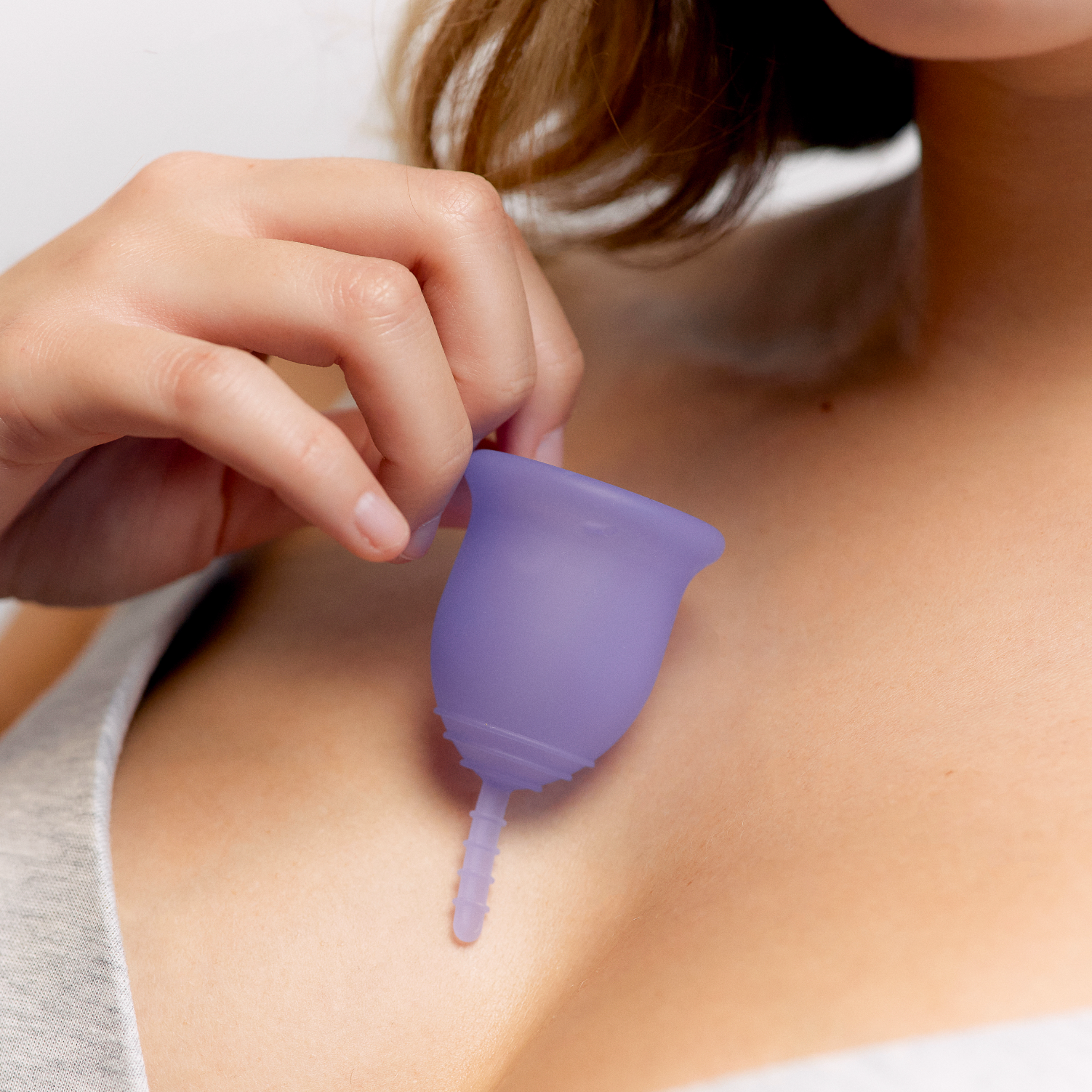
Which Lena Cup if for you?
• Lena Original Small: For active users (stays in place during sports/movement)
• Lena Sensitive Small: For cramps and sensitivity (softer, gentler)
Getting started:
Insertion takes a few tries and that's normal. Check out our Menstrual Cup 101 guide for step-by-step tips. Once it's in, you forget about it.
Your Body Is Yours (The Mindset Shift)
Your period is nobody's business but yours. You don't owe anyone an explanation, an apology, or a performance. How you experience your period, what products you use, how you talk about it, what you do during it – these are all your choices. Make it what works for you. That's all that matters.

Your Period Isn't a Problem
Your period is:
- A sign your body is healthy
- A monthly check-in with yourself
- Nothing to be ashamed of
- Nothing to hide
You have every right to:
- Ask for a pad or tampon without whispering
- Tell people you're on your period
- Wear what you want
- Do sports, swim, exercise, move, live
- Take care of your period needs without embarrassment
When you stop fighting your cycle and start working with it, something shifts. You stop wasting energy battling yourself and start honoring what your body actually needs. Your moods make sense. Your energy patterns become predictable. You're not just surviving your period , you're understanding it. And that changes everything.
Working WITH Your Body (Not Against It)
Old story: "My period is ruining my day"
New story: "I'm experiencing my period. My body might need different things today, and that's okay."
Old story: "I'm lazy/tired"
New story: "I'm in a phase where my body naturally wants to rest. That's not lazy – that's biology."
Old story: "I'm emotional because I'm on my period"
New story: "My hormones are shifting, which affects my mood. My feelings are valid, and they're temporary."
We're Here For You
If you don't have someone you trust to talk to about your period, we're here. Ask us anything. No judgment, no question too small or weird. Your period questions deserve real answers from real people who get it.
Made by Lena Cup because understanding your period is understanding yourself. 💕
FAQ: Your Real Questions
Yes. 28 is average, but 21-35 days is normal for most people. What matters is consistency. If you're usually 32 days, that's your normal.
Especially when you're younger, irregular periods are normal. Your cycle can take 2-3 years to settle into a pattern. Stress, diet, exercise, and illness can also affect it temporarily.
Your period is a reflection of your overall health – if you're stressed, not eating enough, or overtraining, your cycle might shift. That's your body sending you a signal to take care of yourself.
However, if after 2-3 years your cycle is still very unpredictable, or if you're concerned about changes in your period, talk to a doctor. Your period is worth paying attention to.
Yes. Hormones affect your brain chemistry throughout your cycle, and these shifts are real. During your menstrual phase, you might feel more introspective or sensitive. During your follicular phase, your mood often lifts. During ovulation, you might feel most confident. During your luteal phase, you might feel more emotional, anxious, or irritable – and that's completely normal.
Instead of thinking something is wrong with you, try this: "Oh, I'm in my luteal phase – this sensitivity makes sense." Understanding why you're feeling what you're feeling takes away the shame and confusion. Your mood changes aren't random or "crazy" – they're connected to your cycle. They're real, they're temporary, and they're a sign your body is working exactly as it should.
The more you track your cycle, the more you'll recognize these patterns and feel less blindsided by your own emotions.
Your body knows what it needs. During your period, you lose iron, so you might crave red meat or dark leafy greens. During your follicular phase, you might crave lighter foods. During your luteal phase, your metabolism increases and you might need more calories and protein – those chocolate and carb cravings are real.
Instead of fighting cravings, listen to them. Your cycle affects your nutritional needs throughout the month. Want to learn more? Check out our blog post on cycle syncing and nutrition inspired by Fast Like a Girl.
Yes. Exercise can actually help with cramps and mood. But here's the key: listen to your body and work with your cycle, not against it.
During your menstruation and luteal phases, your body naturally wants gentler movement like yoga, walking, stretching, or pilates. That's not weakness; that's your hormones telling you to move differently. During your follicular and ovulation phases, you might have more energy for intense workouts like running, HIIT, or strength training.
Instead of forcing the same workout every day, pay attention to what your body is asking for. Track how you feel on different days of your cycle. You might notice you have way more energy some weeks than others. That's not laziness; that's your hormones. When you exercise with your cycle instead of against it, you feel better, recover better, and enjoy movement more.
The bottom line: some days you want intensity, other days gentle movement feels better. Both are fine. Your body knows what it needs. Your job is to listen.
If you menstruate, yes – a menstrual cup can work for you. Cups work for all flow types (light, medium, heavy). The main thing is: are you comfortable inserting something into your vagina? If yes, a cup can work for you. Most teens start with Lena Small Original or Lena Small Sensitive. Give yourself a few cycles to get comfortable with insertion – it's a learning curve, but it's worth it.
Yes, absolutely. Your hymen is flexible and stretches – it's not a "barrier" that breaks. A menstrual cup won't change that. You can use the Lena Cup no matter what your sexual experience is (or isn't).
Yes. With the right product (like the Lena Cup), you have complete freedom. School, work, sports, swimming, exercise, dancing, dating – your period shouldn't stop you from doing anything you want to do.
The Lena Cup gives you 12 hours of protection, so you can go to school, practice, or hang out with friends without worrying about changing products. Wear what you want. Move your body. Live your life. Your period doesn't get a say in that.
No, it shouldn't hurt. If it does, you might need to relax more, breathe deeper, or try a different fold.
Different folds work for different bodies – try the punch-down fold first (it's the easiest).
Take your time, be patient with yourself, and remember: insertion gets easier after the first few tries. Check out our Menstrual Cup 101 guide for detailed insertion tips. If you're experiencing pain, pause and try again when you're more relaxed.
No. Your vagina is a closed system, and the cup has a stem at the bottom. You can always remove it. If you're having trouble, stay calm, take your time, and gently break the seal by pinching the cup. Learn the removal technique in our how-to guide. You've got this.
Yes. You can wear the Lena Cup for up to 12 hours, so sleeping with it in is totally fine. Many teens love this – insert it before bed, sleep worry-free, and remove it in the morning. One less thing to think about.


